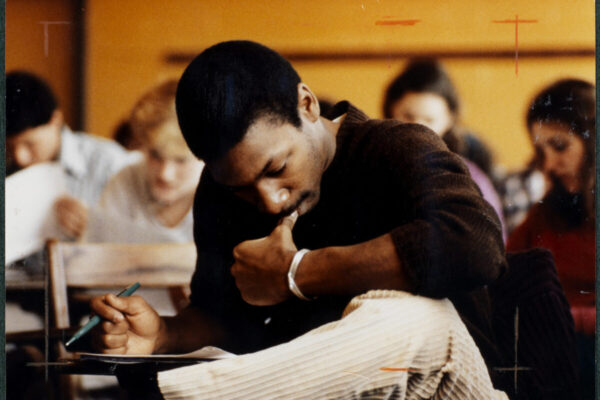Report Shows State Funding for Higher Education Has Not Bounced Back Since Recession
Title: Unkept Promises: State Cuts to Higher Education Threaten Access and Equity
Author: Michael Mitchell, Michael Leachman, Kathleen Masterson, and Samantha Waxman
Source: Center on Budget and Policy Priorities
In a newly released report, the Center on Budget and Policy Priorities (CBPP) finds that a decade after the Great Recession hit, state spending on public colleges and universities remains well below historical levels.
The report finds that overall state funding for public two-year and four-year institutions in the 2017-18 academic year was $7 billion less than 2008 levels—a decline of $1,409 per student, or 16 percent, adjusting for inflation. Only four states are spending more now than in 2008: California, Hawaii, North Dakota, and Wyoming.
CBPP argues that steep state cuts have had major consequences for public colleges and universities, including increased tuition and reduced academic opportunities and student services. The reduced investment in higher education comes at a time when public colleges and universities are enrolling more students of color, economically disadvantaged students, and post-traditional learners. According to CBPP, the reduced support may deter some students from enrolling in college as a response to declining affordability, debt, and diminished capacity for diversity and inclusion.
The report provides suggestions for improvement, such as smarter state financial aid policies, targeted funding for particular students, and equity-based funding models to ensure resources go to the institutions in greatest need.
To read the summary and access the full report, please visit CBPP’s website.
—By Jinann Bitar
If you have any questions or comments about this blog post, please contact us.


